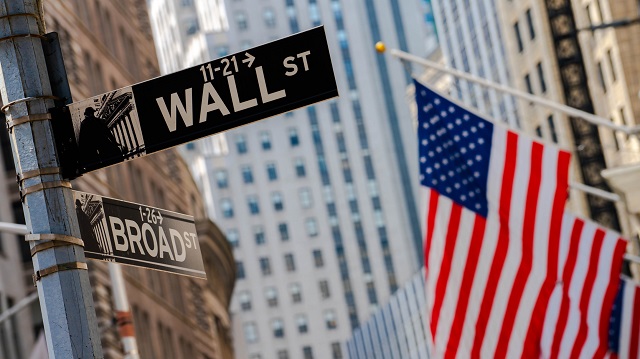
New York , US | XINHUA | U.S. equities decreased in the past week as investors rotated about of the tech sector while digesting a slew of key economic data.
For the week ending Friday, the Dow slid 1.8 percent, the S&P 500 lost 2.3 percent, and the tech-heavy Nasdaq dipped 3.3 percent.
The S&P U.S. Listed China 50 index, which is designed to track the performance of the 50 largest Chinese companies listed on U.S. exchanges by total market cap, logged a weekly decline of 3.2 percent.
Wall Street experienced a wild week. After reaching record highs on Wednesday, major equity indexes fell sharply on Thursday in their worst session since June and extended losses on Friday amid a steep sell-off in tech-related shares.
The S&P 500 tech sector slumped 5.83 percent on Thursday, notching its biggest one-day loss since March, and the group sank 1.34 percent further on Friday.
“We view the latest sell-off as a bout of profit-taking after a strong run,” UBS Global Wealth Management’s Chief Investment Officer Mark Haefele said in a note.
The S&P 500 enjoyed its strongest August in more than 30 years, gaining 7 percent, and added a further 2.3 percent in the first two days of September, to reach a fresh record high.
Noting “stocks are still well-supported by a combination of Fed liquidity, attractive equity risk premiums, and an ongoing recovery as economies reopen from the lockdowns,” analysts at UBS said that “volatile markets can leave some investors stuck on the sidelines, waiting for greater clarity or cheaper equity prices.”
Investors also pored through a batch of economic data.
U.S. employers added 1.4 million jobs in August, and the unemployment rate dropped to 8.4 percent, as the nation’s pandemic-ravaged labor market continues to slowly recover, the U.S. Bureau of Labor Statistics reported Friday.
Economists surveyed by Dow Jones had been expecting growth of 1.32 million and the jobless rate to decline to 9.8 percent from 10.2 percent in July.
The U.S. unemployment rate previously soared to a record 14.7 percent in April. Payrolls are still about 11 million below pre-pandemic levels.
On Thursday, the Department of Labor said U.S. initial jobless claims, a rough way to measure layoffs, fell to 881,000 in the week ending Aug. 29, following an upwardly revised 1.01 million in the prior week. The drop in new claims mainly stemmed from a major change in seasonal adjustment methodology.
U.S. services Purchasing Managers’ Index (PMI) dropped to 56.9 percent in August from the July reading of 58.1 percent, the Institute for Supply Management (ISM) reported on Thursday, indicating a slower pace of growth.
U.S. manufacturing PMI registered 56 percent in August, up from the July reading of 54.2 percent, according to a separate report by the ISM on Tuesday. Economists surveyed by MarketWatch had forecast the index would total 54.9 percent.
Looking ahead, experts warned that uncertainty would remain on the market.
Mitch Zacks, CEO at Zacks Investment Management, said that while consumer and investor sentiment is improving from the pandemic low, it may sour as the election nears.
“We are not out of the woods, in fact quite the contrary,” analysts at Bank of America said in a note Thursday.
“The months ahead of an election typically see a demonstrable increase in volatility; super accommodative policy is hitting some speed bumps – failure to pass more stimulus, proposed corporate tax hikes, etc., pose risks,” they said, adding that possible virus resurgence is another concern.
U.S. markets will be closed on Monday in observance of Labor Day.
******
XINHUA
 The Independent Uganda: You get the Truth we Pay the Price
The Independent Uganda: You get the Truth we Pay the Price



